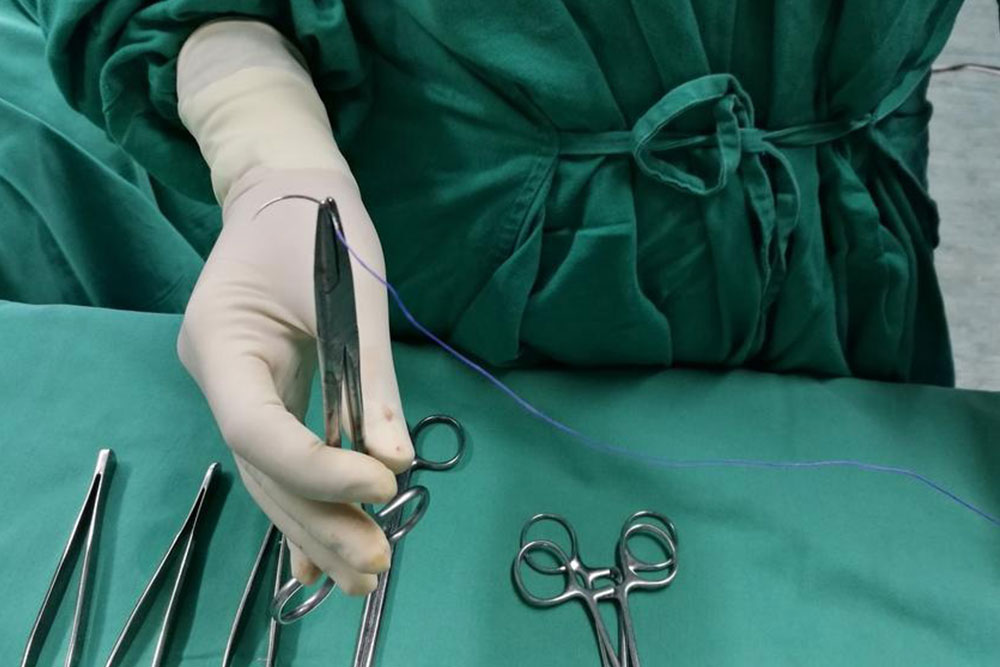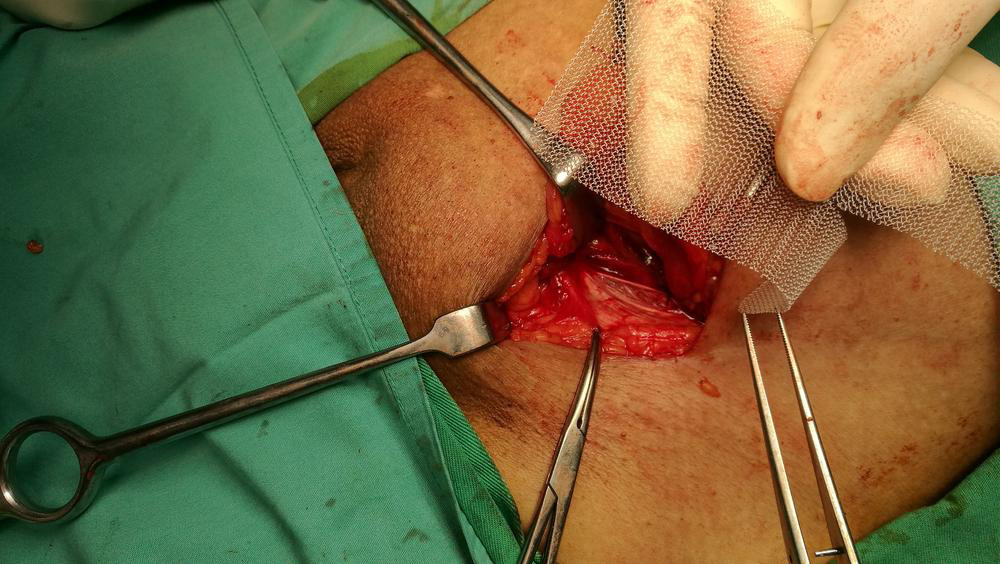Recognizing Signs of Inguinal and Hiatal Hernias
This article highlights key signs and symptoms of inguinal and hiatal hernias, helping readers recognize potential issues early. It explains hernias' physical signs, associated pain, and potential complications like strangulation. Understanding these symptoms can prompt timely medical intervention and prevent severe outcomes. The information aims to educate about hernia types, their warning signs, and when to seek professional healthcare advice, ensuring patient awareness and safety.

Recognizing the Symptoms of Inguinal and Hiatal Hernias
Inguinal hernia
An inguinal hernia occurs when a segment of bowel protrudes through the inguinal canal, resulting in a noticeable bulge. This bulge is formed by a combination of the abdominal lining and fatty tissues from within the abdomen, possibly involving intestinal tissue as well.
Key symptoms of inguinal hernia include:
– A visible swelling on one side of the groin or near the pubic area, which becomes more prominent when standing.
– The lump may be more noticeable when coughing, sneezing, or straining.
– Discomfort or pain around the bulge, sometimes described as a burning sensation.
– A feeling of heaviness, weakness, or dragging in the groin.
– Swelling and pain in the testicles if the intestine descends into the scrotum.
– In cases where the hernia cannot be pushed back, it is termed incarcerated, which can lead to strangulation—a serious, life-threatening condition caused by restricted blood flow.
Signs of incarcerated hernia include nausea, vomiting, persistent fever, sudden worsening of pain, discoloration of the bulge (red, purple, or dark), and absence of bowel movements.
Hiatal hernia
A hiatal hernia involves part of the stomach protruding through an opening in the diaphragm called the hiatus, and entering the chest cavity. This condition often results in severe heartburn and Gastroesophageal reflux.
Common symptoms include:
– Heartburn with a burning sensation in the center of the chest.
– Frequent belching or burping.
– Difficulty swallowing.
– Chest or upper abdominal pain.
– Feeling full after small meals.
– In some cases, vomiting blood or passing black stools, which indicate gastrointestinal bleeding.
Note: Our blog offers diverse, informative content meant to guide and educate readers. Please treat the information as general guidance rather than definitive diagnosis. For specific health issues, consult healthcare professionals. The site may not reflect all current treatments or offers available elsewhere.









